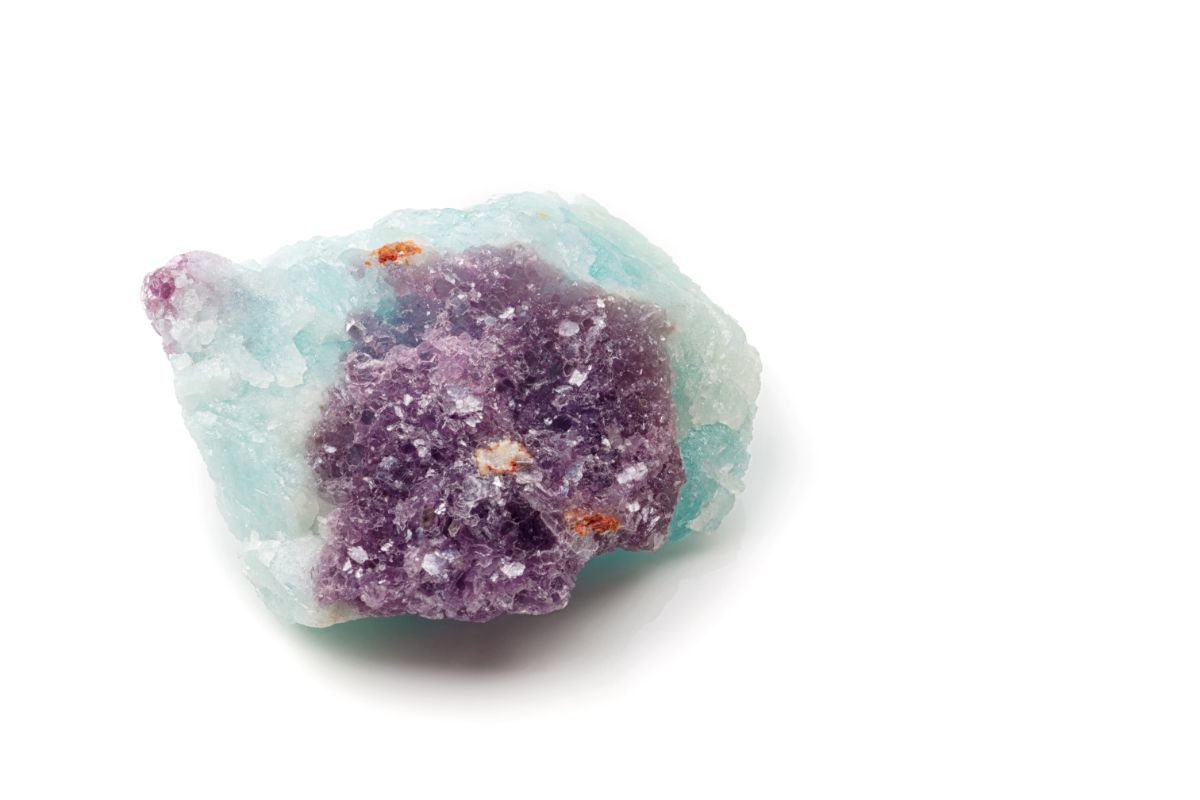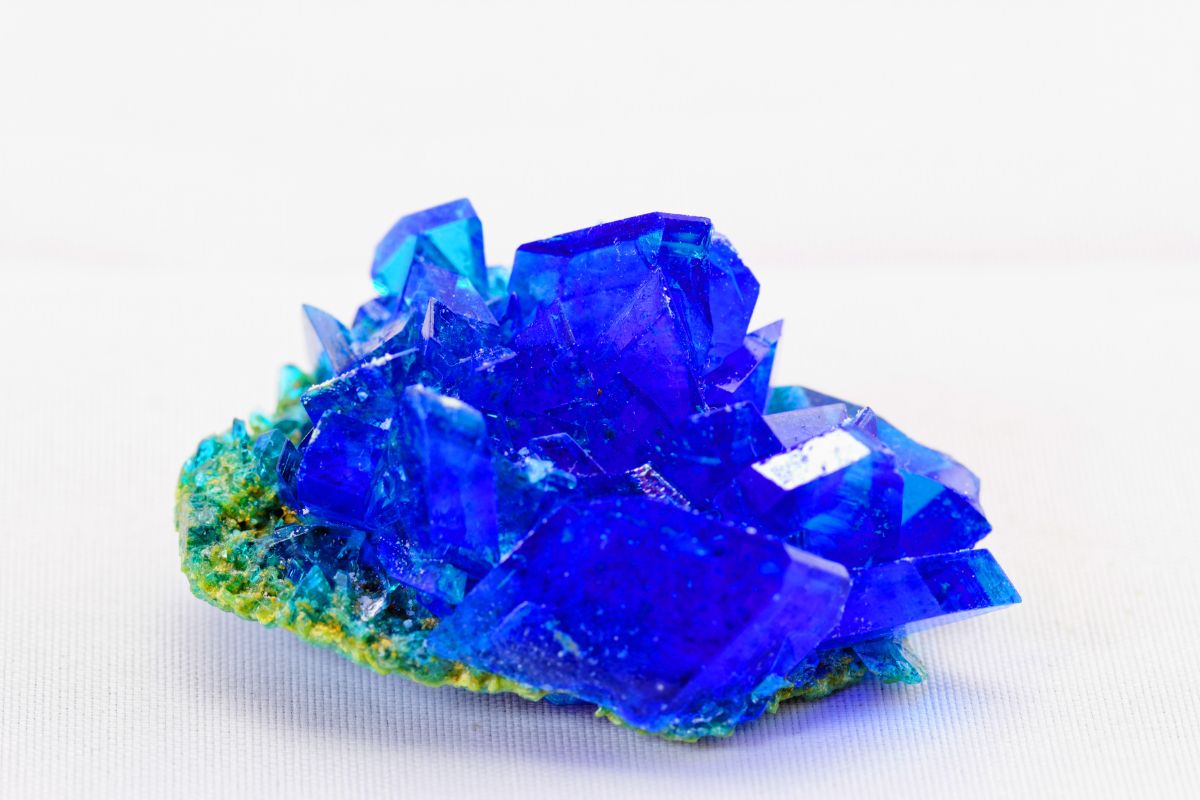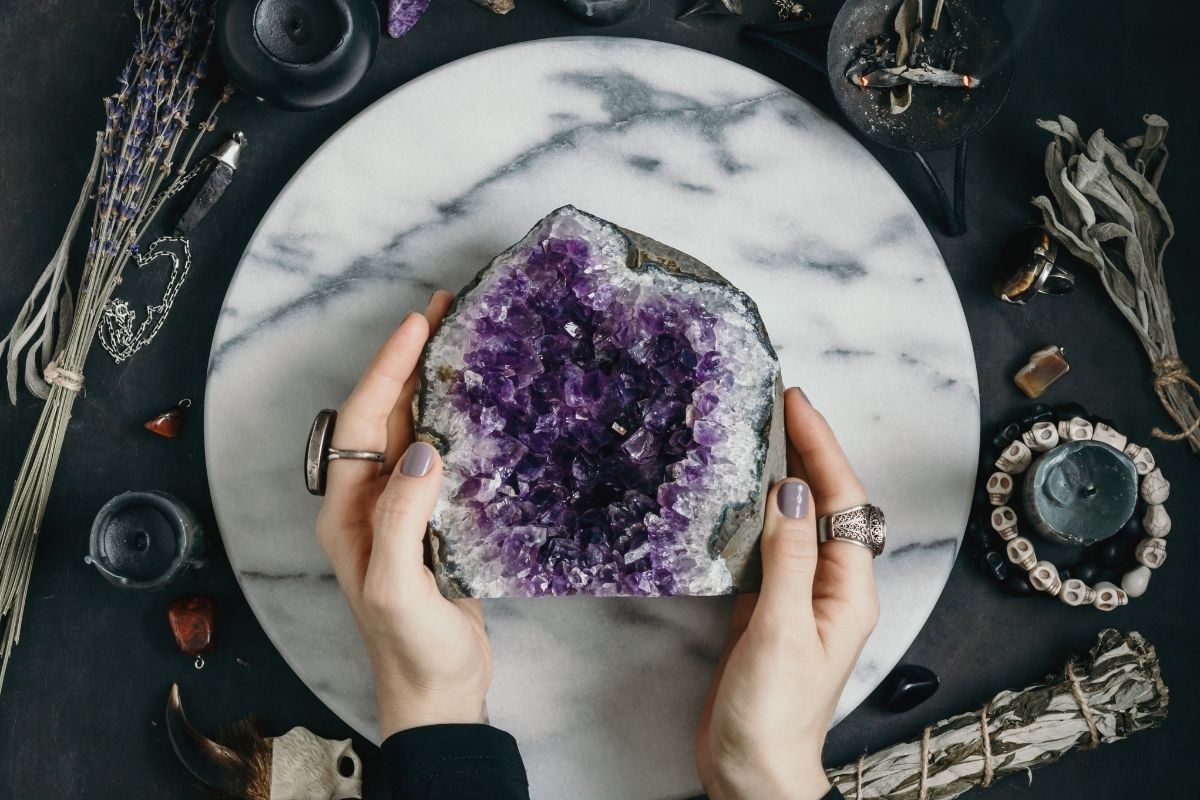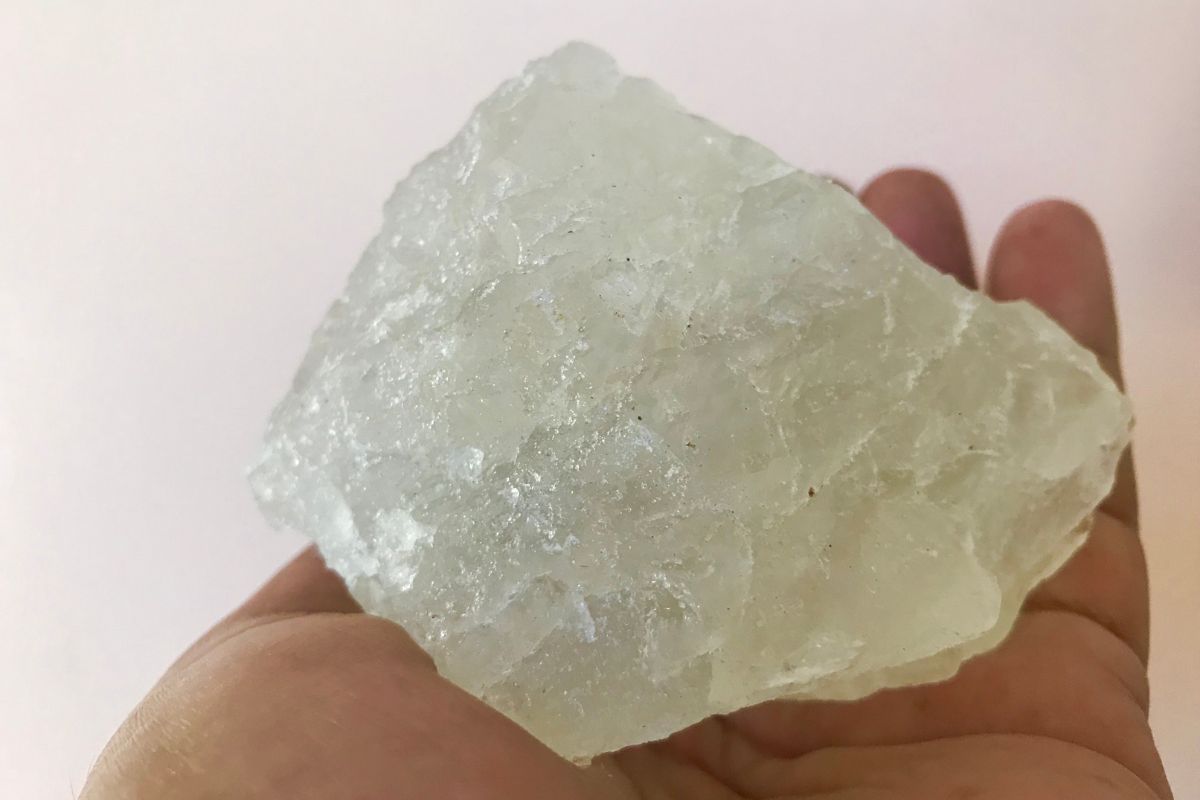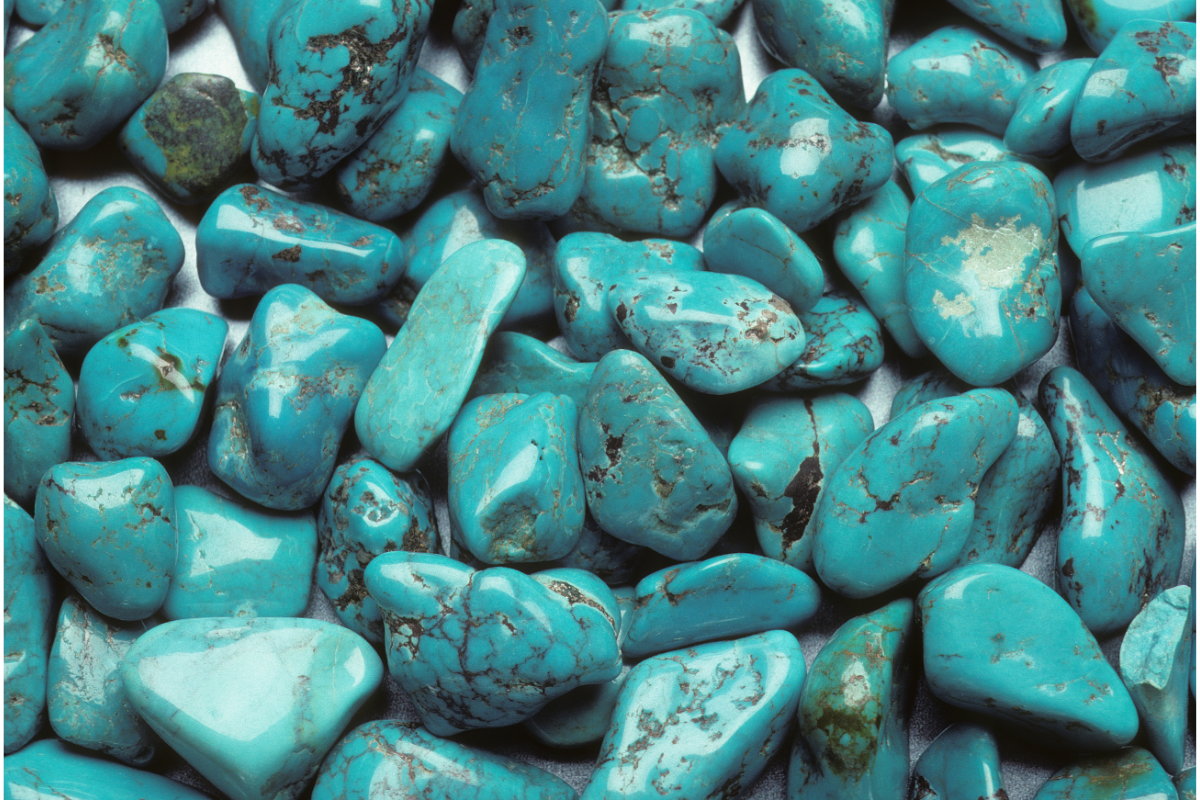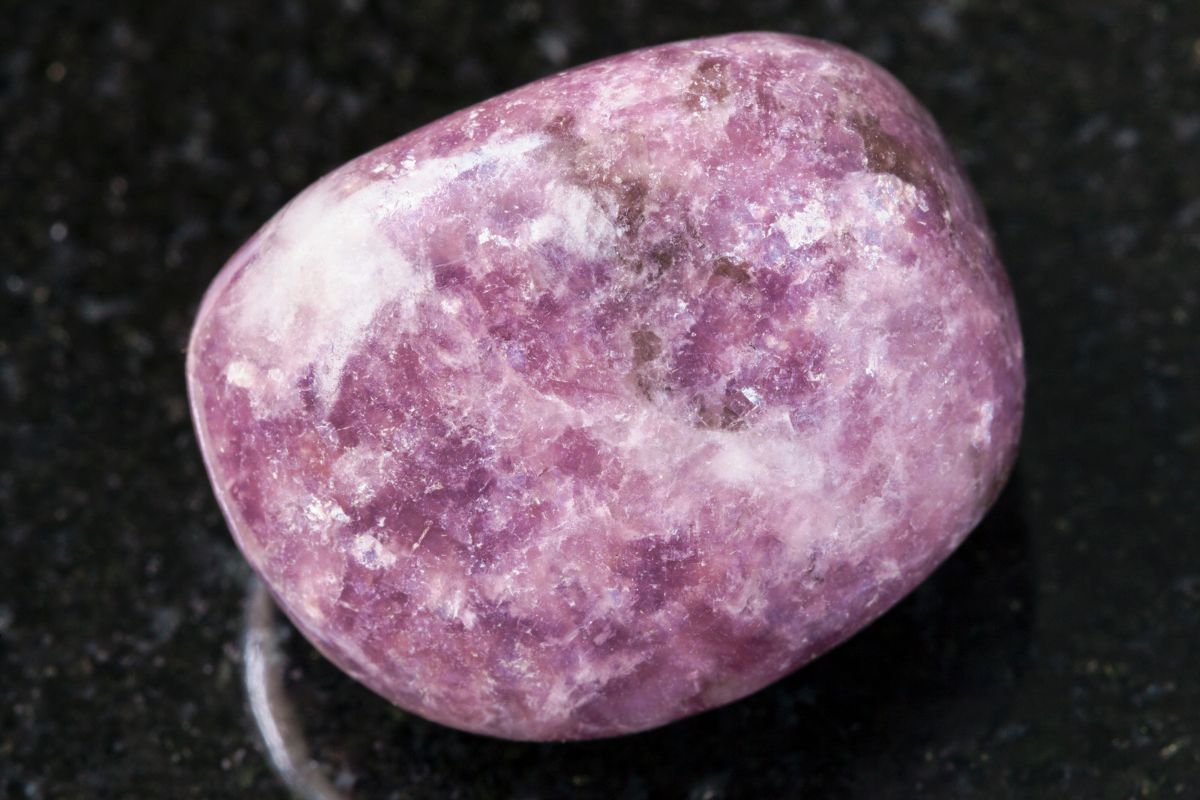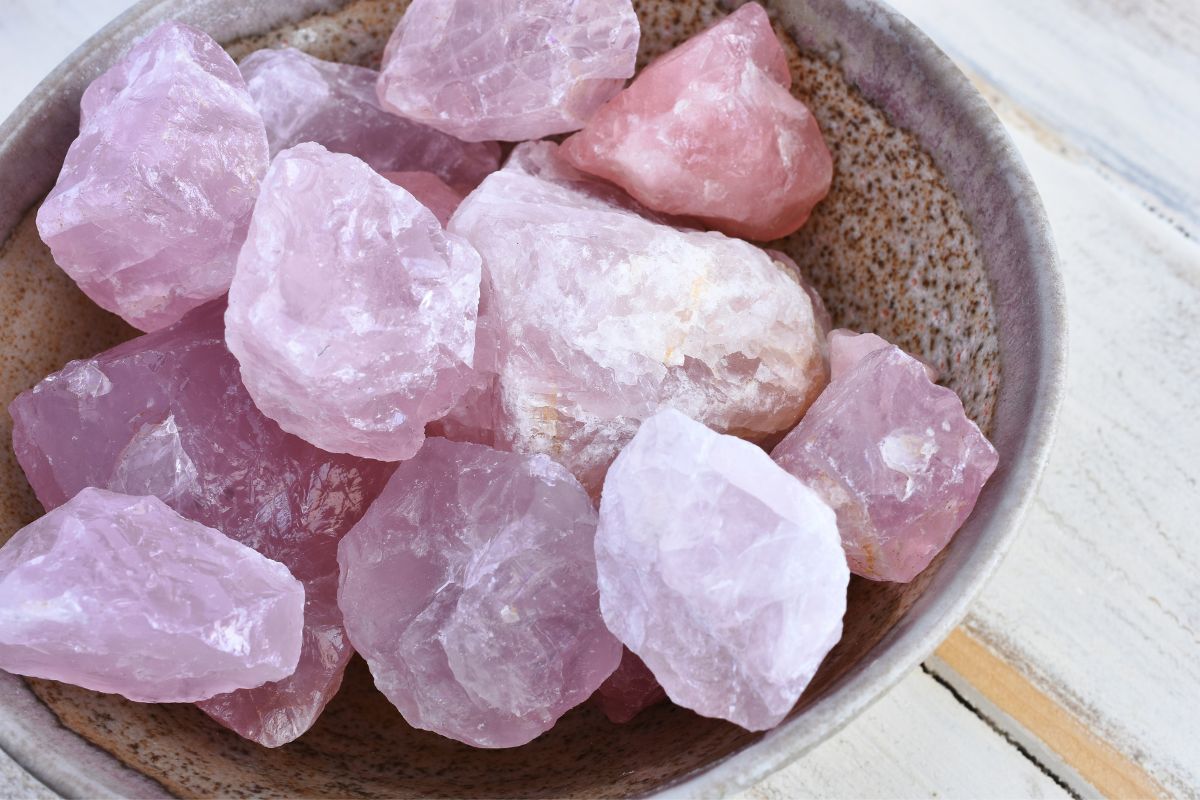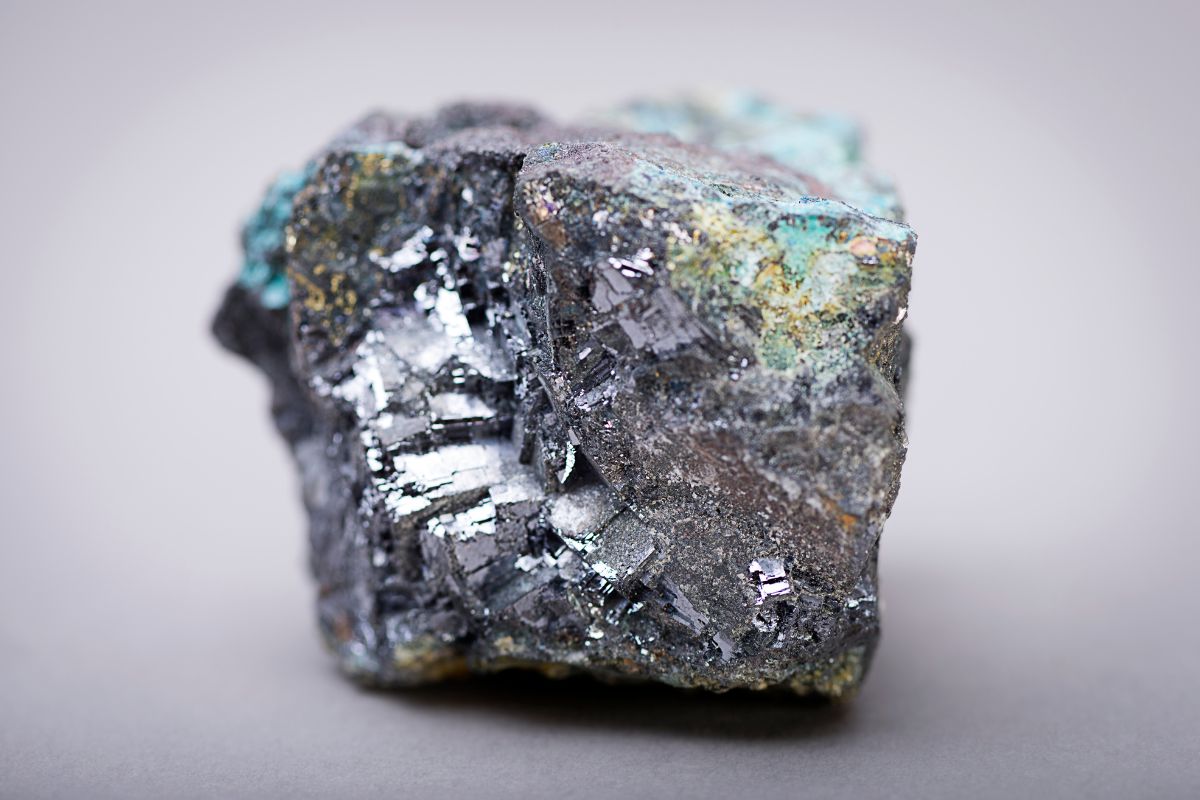Amethyst is one of the most popular crystals out there. It’s quite easy to come by, abundant in how much of it exists, and it’s relatively cheap to get legitimate pieces.
However, that doesn’t mean that amethyst is immune to being capitalized on, so there are many fakes out there. While amethysts are usually different shades of purple, they shouldn’t be one solid color and they should have some imperfections.
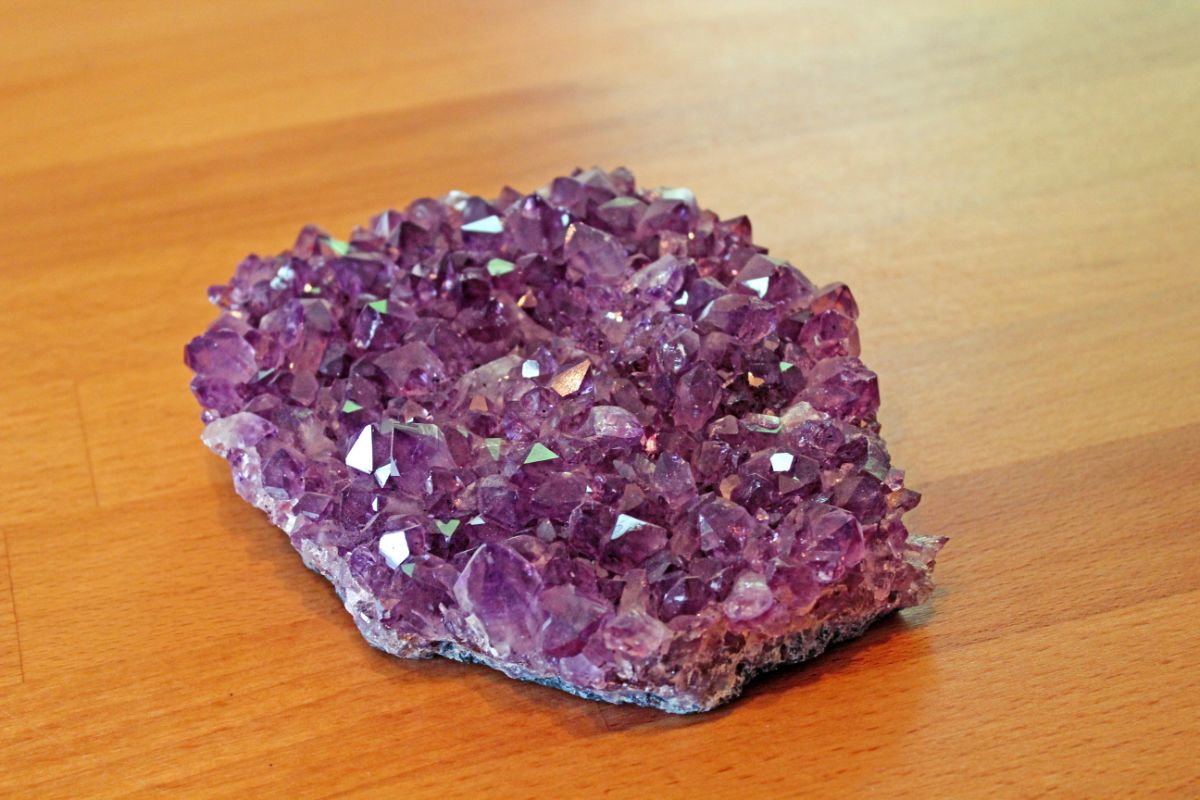
If you want to work out if your amethyst is real, then you’ve come to the right place.
We’ll be going over a few ways in which you can easily tell if your amethyst is fake or not (see also ‘How to Tell if Carnelian is Fake‘), so you won’t have to worry about being scammed out of any money.
How To Tell Is Amethyst Is Real
Amethyst is an incredibly popular stone, so you will find it quite easily online. However, because it’s so popular, there are some sellers out there who will take advantage of this and try and sell you fake ones for more money.
Other crystals can be heat treated or dyed and because lots of amethyst pieces have quite a vibrant shade of purple, it can be quite hard to tell the difference.
Luckily, there are plenty of ways in which you can tell if your amethyst is real or fake (see also ‘How To Tell If A Sapphire Is Real?‘), so let’s take a look at them now.
1. Color
Amethyst is known for its beautiful hues of purple, so it’s important to look at the color when you are inspecting your amethyst.
Genuine amethyst will have color zoning instead of being one block color, so this is a good way in identifying if your own piece is real. Amethyst is usually always a purple or violet hue, some are incredibly dark in their shade while other are quite light.
There are different types of amethyst too, so you should take this into consideration when you are identifying your own amethyst.
There is one type that is called Ametrine, which is a combination of citrine (see also ‘Can Citrine Go In Water?‘) and amethyst and it usually has a sharp banding on the crystal.
Another variation is called Amethyst Quartz, and it is more milky and translucent in comparison to other types of amethyst.
2. Dyes
It’s not uncommon for people to dye crystals before they sell them, and there are lots of “dyed amethysts” out there that are actually other crystals that have been dyed purple (see also ‘6 Beautiful Purple Crystals‘).
The best way to identify this dye is to look to see if your amethyst has any cracks in them. If you find any cracks, then you will need to check to see if these cracks have any qualities of pigments in them.
If they do, then it’s likely that your amethyst is actually fake, or a different crystal that has been dyed.
3. Origin
Another way you can check if your amethyst is real, especially if you haven’t bought it yet, is by looking in the description to see the country of origin that it came from.
This is a bit harder to do with amethyst because it can actually be found all over the world.
However, there are certain places where amethyst is more commonly found and sourced, and these places include Brazil, South Africa, Namibia, and the USA states of Arizona, and Colorado.
If your amethyst isn’t from these places though, that doesn’t mean it’s definitely fake, it just has a higher chance. Use the other methods on this list in tandem with this one if you’re still unsure!
4. Price
Most amethyst is quite affordable, especially the smaller pieces because it’s a crystal that is a bit more common. While the price does vary depending on the piece’s cut, quality, and size, overall it should be quite affordable.
Most amethyst pieces cost between $20-$30, but if they are smaller pieces, they are usually cheaper. However, if a deal seems too good to be true when you are looking to buy some amethyst for yourself, then chances are it’s fake.
If it’s below these pieces and it’s a sizeable piece, then chances are that it’s going to be fake or another stone disguised as amethyst.
5. Odd Names
There are lots of variations of amethyst such as ametrine or amethyst quartz and they are completely legit, but that doesn’t mean every single gem that has the name amethyst in it is real.

A telltale sign that the amethyst is fake will depend largely on the name of the crystal that the seller has put up. Lots of people will make up names for their pieces to draw you in and trick you into buying a crystal that isn’t real at all.
Some styles of names you should look out for include things like Dessert Amethyst, Japanese Amethyst, Ocean Amethyst, Fire Amethyst, and other related “odd” names. If you have any doubt about the names, don’t risk it!
6. The Variety of the Cut
And finally, a great way to be able to tell if your amethyst is real (see also ‘How To Tell If Moldavite Is Real‘) is to look at the variety of the cut.
If you’ve already looked at the color, dye, origin, and other things on this list and you still aren’t sure, this should clarify the legitimacy for you.
Amethyst is quite an easy stone to cut, so it’s very common to find it in a variety of different shapes. Most amethyst hearts and towers are completely real, so don’t write them off straight away!
Pretty much all cut amethyst will have a smooth finish because this is how gem cutters hide imperfections, so if you see this in the cut, that doesn’t mean the stone is fake at all.
Conclusion
It can be really disheartening to get hold of some amethyst and it turns out to be fake. You can feel very betrayed and feel like you’ve been scammed out of your money.
Luckily, there are lots of ways in which you can check to see if they are real or not. Whether it’s the color, dye, origin, price, or anything else, use these methods to work out if your amethyst is real!
- 15 Crystals That Cannot Be Exposed To The Sun - January 7, 2024
- Malachite Vs Fuchsite – Benefits And Uses - January 7, 2024
- Malachite Vs. Green Jasper: Benefits And Uses - January 7, 2024

